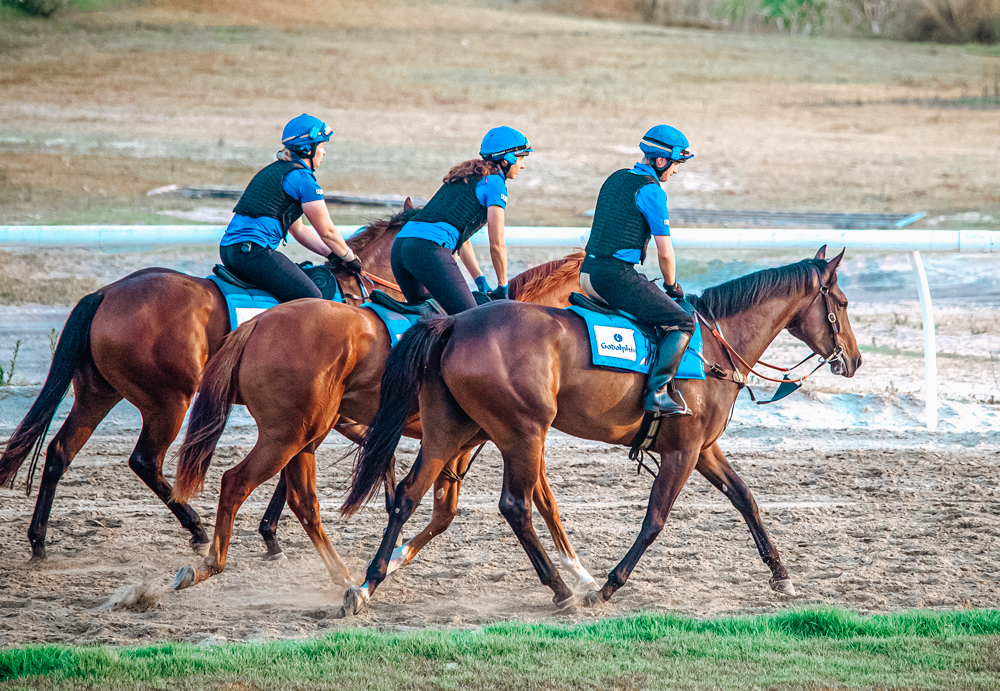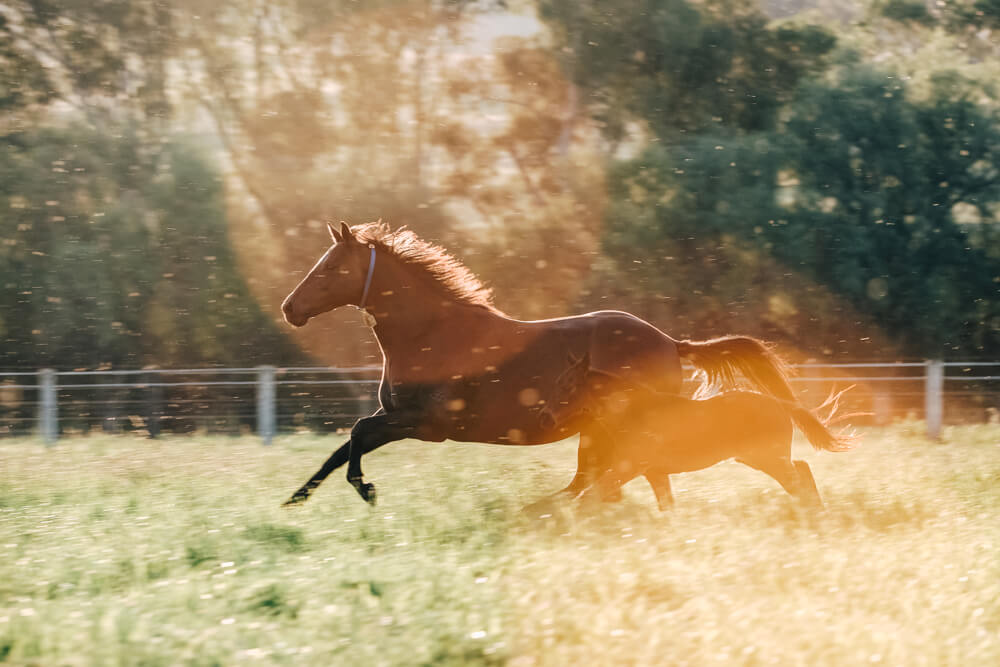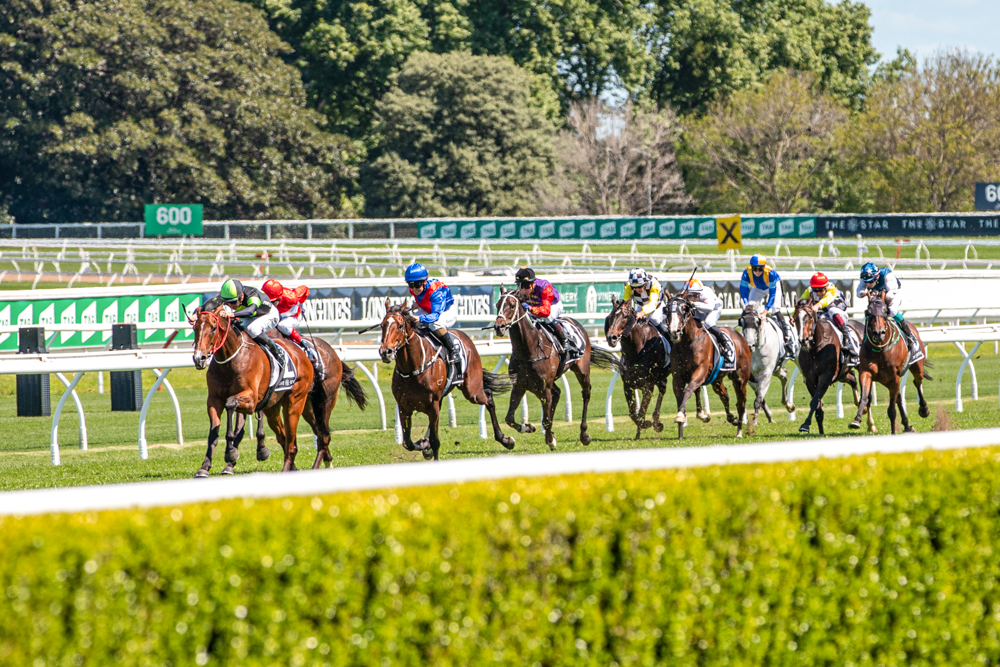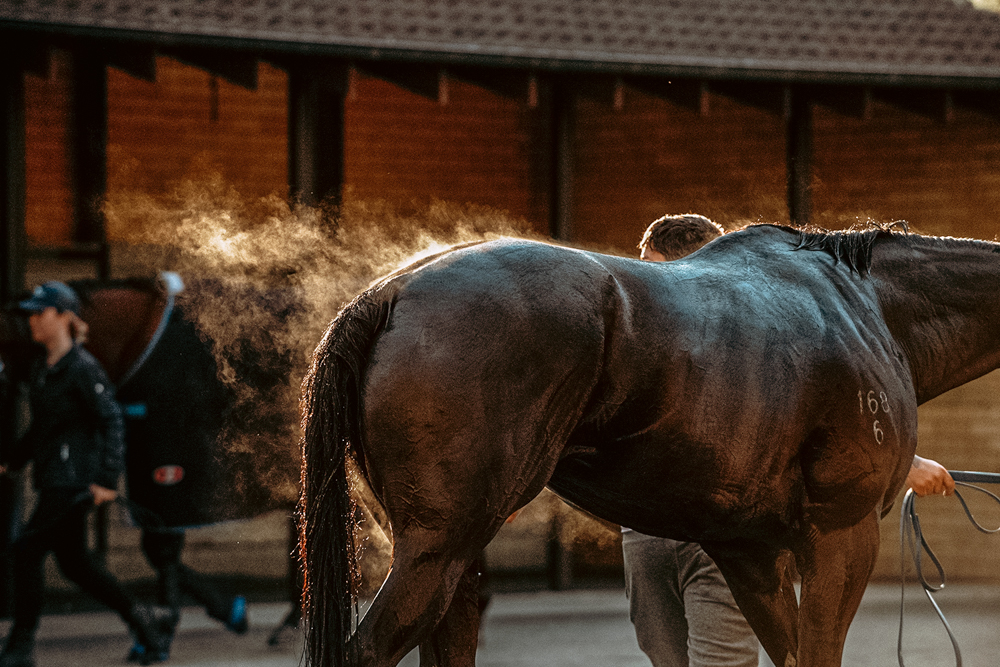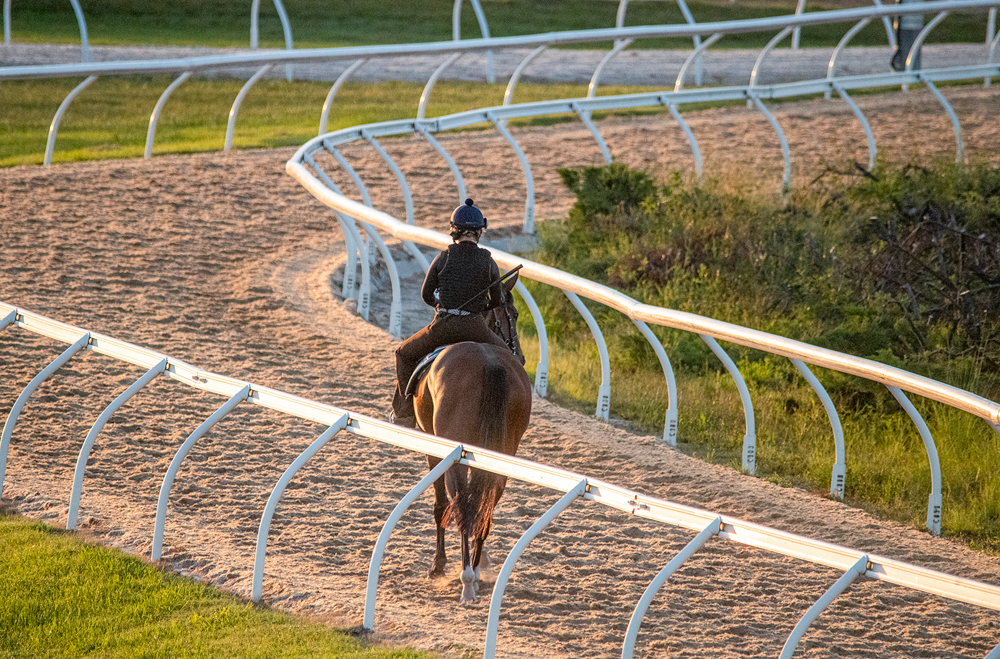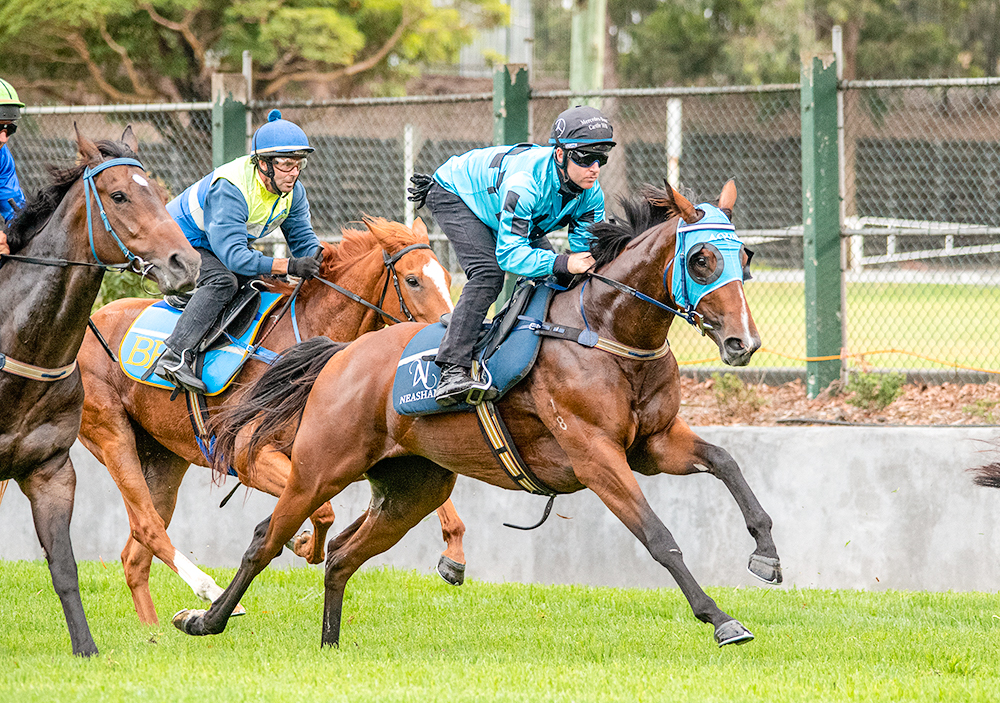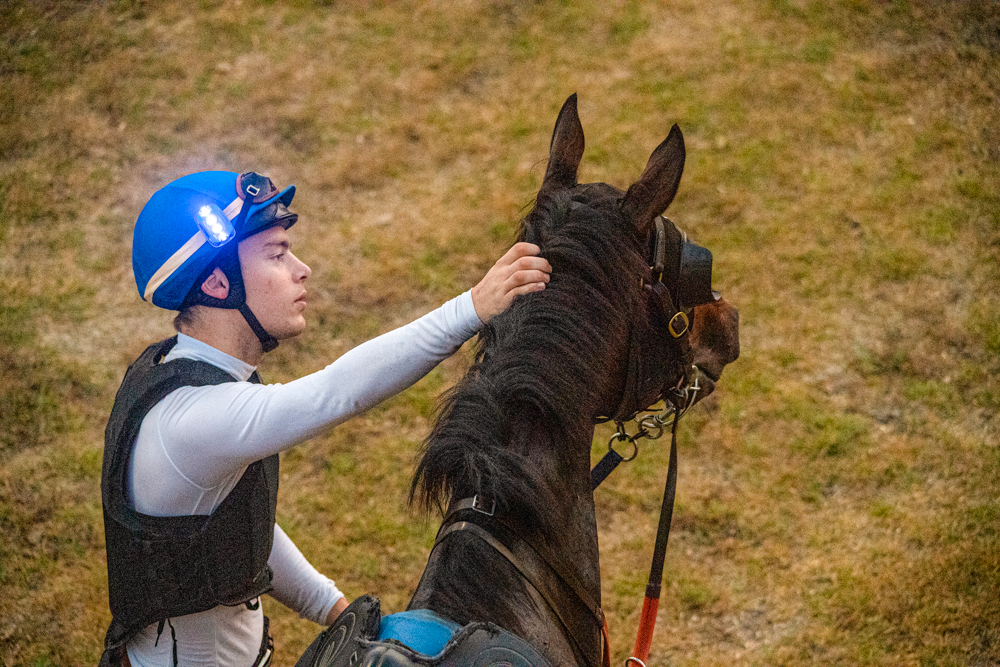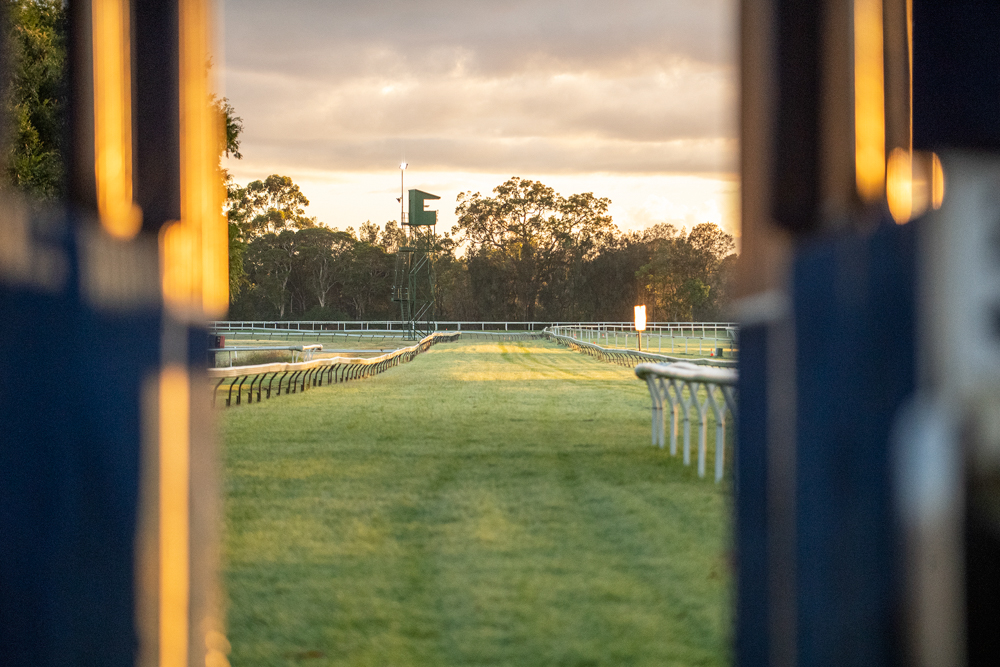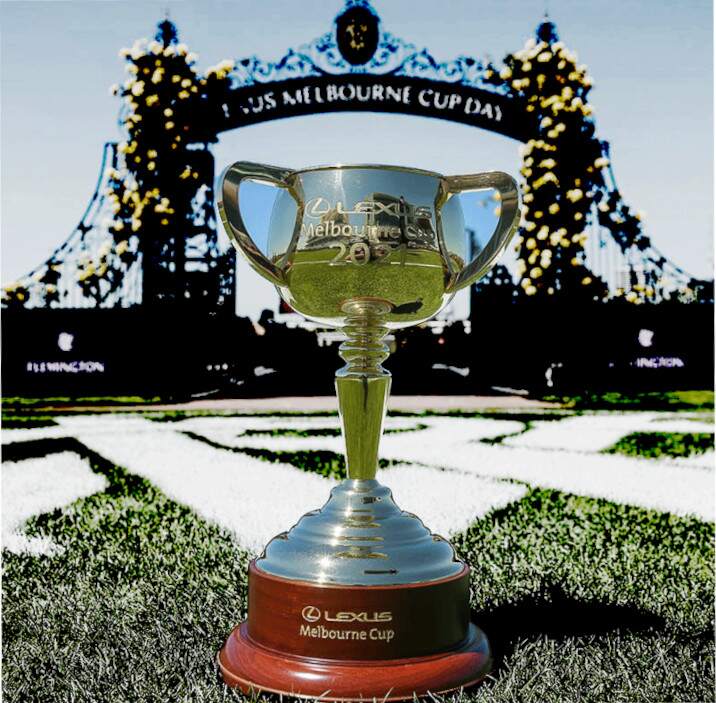Common Questions
Learn more about the most misrepresented topics in racing, through fact-backed unbiased content.
The Facts
racing
The question of whether thoroughbred racehorses are “exploited” is often raised by critics of the sport. It’s true that horse racing depends entirely on the thoroughbred; without the horse, there is no horse racing. However, to label this as exploitation requires examining the broader role of animals bred for human
racing
In most cases, horses recover from fractures and return to racing or riding. But in rare, severe cases, euthanasia is the most humane option; not for financial reasons, but for the horse’s welfare. This guide explains the facts in terms of challenges in treatment, potential complications, and ethical considerations.
racing
Horses are physically built to gallop, and gallop fast. They have long, slender limbs attached to large bodies of muscle, which gives them their great power - and means that, as athletes, they surpass other animals of a similar body size. But are they forced to run?
racing
One of the main arguments against horse racing is the use of the whip. It’s a contentious issue with an emotional undertone; however, before taking a strong position for or against whip use, let’s understand the variables involved.
racing
Racing has a principle of ‘drug free’ racing. Under the rules of Australian racing, no horse is allowed to run in a race whilst under the influence of any medication, including anti-inflammatories, steroids, hormones and diuretics.
racing
Whether they’re racing for $15 million or $15,000 in prizemoney, thoroughbred racehorses are given a high standard of care and attention by their dedicated teams across Australia. No matter how fast or slow they are.
racing
It is absolute on all the data sets that the training and racing of two-year-old thoroughbreds has no ill effect on the horses' race-career longevity or quality.
racing
Wondering how many horses die racing each year? Explore the facts, causes, and statistics behind racehorse fatalities in Australian racing.
racing
If you see a horse with a nose bleed after a race (which is, fortunately, uncommon), it’s likely to be Equine Induced Pulmonary Haemorrhage (EIPH), which means bleeding from the lungs.
racing
Once iconic, now under fire, we unpack the Melbourne Cup’s disturbing injury stats from late last decade, why international horses face higher risks, and how the industry is changing - in order to protect the race.
racing
Racehorses are athletes. Logically no athlete is going to perform at their peak unless they are fit, healthy, and happy. But isn't horse racing cruel?
racing
There are plenty of good reasons to house racehorses in stables, and none of them are to make it more convenient for humans. So, why are horses kept in stables all day? Isn’t it easier for humans to keep horses locked inside all day? No. It makes zero sense to
racing
Once a sport for rebels and royalty, now the target of protests. Discover how horse racing became misunderstood, and why outrage isn’t always based on truth.
breeding
Thoroughbred breeding isn’t inherently stressful for mares. When done properly, with calm handling, timing, and care, stress is the exception, not the rule.
breeding
Some say racehorses are rushed into breeding the moment they retire. But the truth? Most take time to mature, reset, and recover, because good breeding requires more than just good timing.
breeding
The question of whether Thoroughbred stallions are overused often arises due to reports of elite stallions covering up to 250 mares per season. However, focusing on the number of mating events (rather than just the number of mares) shows that the demands on stallions in managed programs are comparable to,
breeding
Thoroughbred foals are weaned at 4–6 months in calm, gradual steps; earlier than in the wild, but with better nutrition, safety, and support. Peer groups and expert care ease the transition.
breeding
Inbreeding is a powerful tool in Thoroughbred breeding, but it’s not without risks. This piece explores the science, consequences, and how smart breeding balances genetic strength with long-term health.
breeding
Older Thoroughbred mares face unique fertility and health challenges, but with tailored nutrition, reproductive care, and close monitoring, they can safely and successfully continue producing high-quality foals.
breeding
Thoroughbred breeding is carefully managed to align with natural cycles and support mare welfare. While wild mares face harsher conditions, their breeding patterns are not so different from those in managed care.
breeding
Laminitis isn’t common in broodmares but can occur due to post-foaling complications, obesity, or metabolic disorders. With vigilant care, early detection, and proper management, most cases are preventable or treatable.
breeding
Most Thoroughbred foalings go smoothly, but when complications strike, like dystocia, red bag delivery, or retained placenta, rapid response is critical. Here’s what breeders and vets watch for during every stage.
breeding
Foaling can be high-stakes. While most mares deliver safely, complications like dystocia and hemorrhage do happen. Here’s what the risks look like, and how breeders work to manage them.
breeding
Thoroughbred breeding can look confronting - but behind the scenes is a system built on precision, safety, and control. This piece breaks down the gear that keeps horses and handlers protected.
breeding
From fading fertility to second careers as nannies, this piece lifts the curtain on what really happens when breeding days are over, and why retirement isn’t always the end.

